Questo articolo è pubblicato in italiano qui: https://tavolamediterranea.com/2020/05/22/la-golosita-greco-romana-torta-al-miele-e-formaggio-di-capra/
Oh, how I love a good pastry or a nice slice of cake! Anyone who knows me, and knows me well, will attest to the fact that I have a thing for pastries and cakes; an ongoing love-affair, a true appreciation for these mood-altering morsels; an unbridled admiration for these delicate and delicious works of art. But who in the heck among the ancients and our ancestors invented these glorious additions to the human diet, anyway? Surely the gods, I would think? Afterall, to be honest, I find it difficult to believe that mere mortals were actually capable of creating such splendid culinary creations. The thought of it boggles the mind: Who stumbled on this miracle? Was it a bigger Eureka! moment than the day our ancestors first made beer? Wine? Bread?… So many questions! Did the Egyptians enjoy Eclairs? Did the Mesopotamians invent mille-feuille (because we know, for certain, that they invented gingerbread…)? Did the Ghassulians make galettes? Who knows… but somewhere along the line, during the evolution of human-kind, many civilizations discovered the joys of marrying honey, fruit syrups, cheese, and grain products together to produce ‘sweets’ that would tantalize and satisfy the early sweet-tooth. I, for one, am grateful to our distant fore-mothers and fore-fathers who, like me, felt that having profiteroles and sfogliatelle is necessary to the human experience.
It doesn’t take much to see how popular, and desirable, pastries and cakes became in the human diet as early cultures and civilizations appeared. When we explore the archaeology of food in the Graeco-Roman world, it is more than apparent that cakes and pastries have become a regular part of culinary culture in the Classical Mediterranean. But how do we know this?

We have several sources that we can refer to in exploring the presence of sweets in the diets of the ancient Greeks and Romans. And, given that I am an archaeologist, I will rely first on the sources found in the archaeological record. In the Bay of Naples area, which was once a former Greek colony prior to Roman occupation, there is a wealth of food-related archaeological evidence that was excavated from several towns and villas that were left in situ following the eruption of Mount Vesuvius in 79 AD.
Food moulds have been excavated from some domestic settings at Pompeii that suggest that cakes or flans may have been made using these bronze and silver vessels. Contrary to popular belief, and erroneously reported information (eg.: Modernist Bread by Myhrvold & Migoya, 2017, pp. 41), bronze and silver scalloped clam-shell cups were NOT used as pastry moulds in the town of Pompeii; these cups were related to bathing and water.
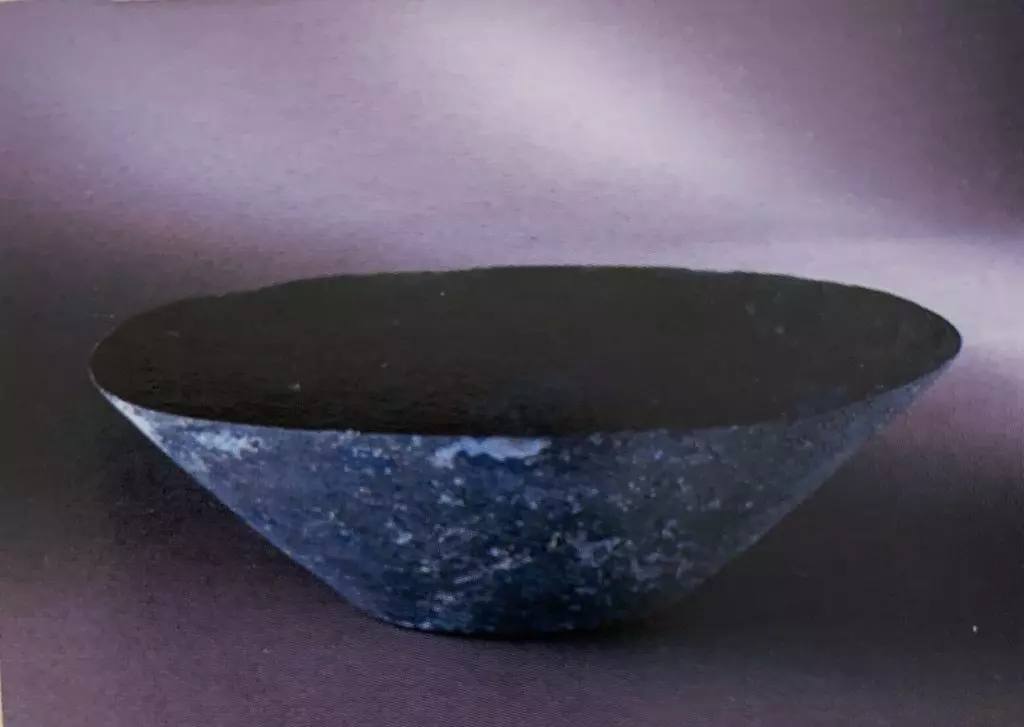
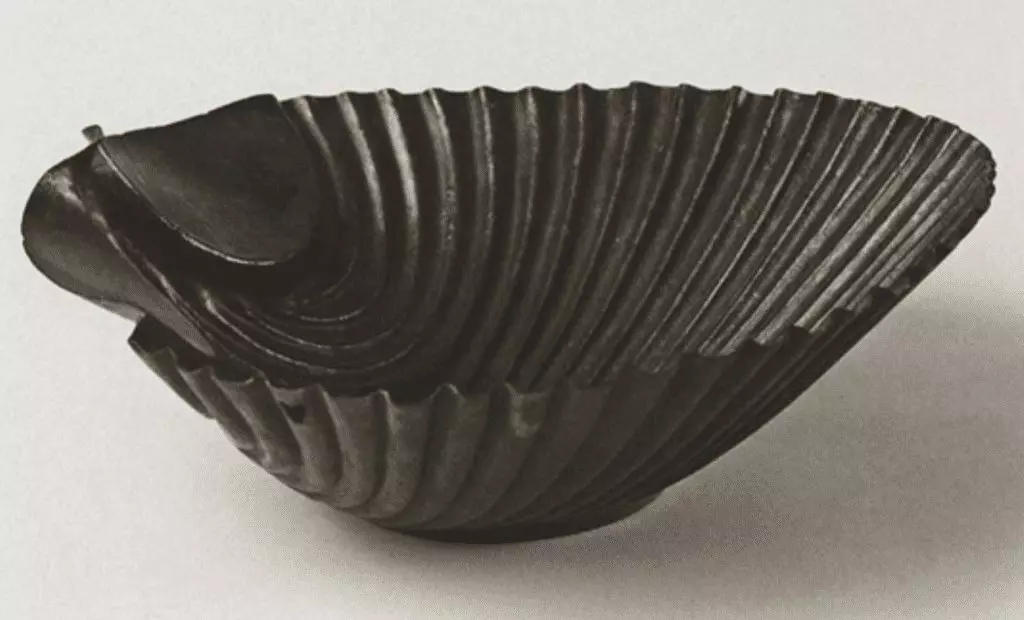
In addition to the material evidence found at Pompeii, suggesting that moulds were used in dessert preparation, is evidence of fresh cheese being strained and pressed: At Pompeii, it is possible to see a fresco on the back wall of a triclinium that depicts fresh curds straining in wicker baskets at the Casa dei Vettii in Pompeii; and ceramic cheese-presses have been found in many contexts throughout the Graeco-Roman world that are not only strainers but act as moulds themselves once pressing was applied.
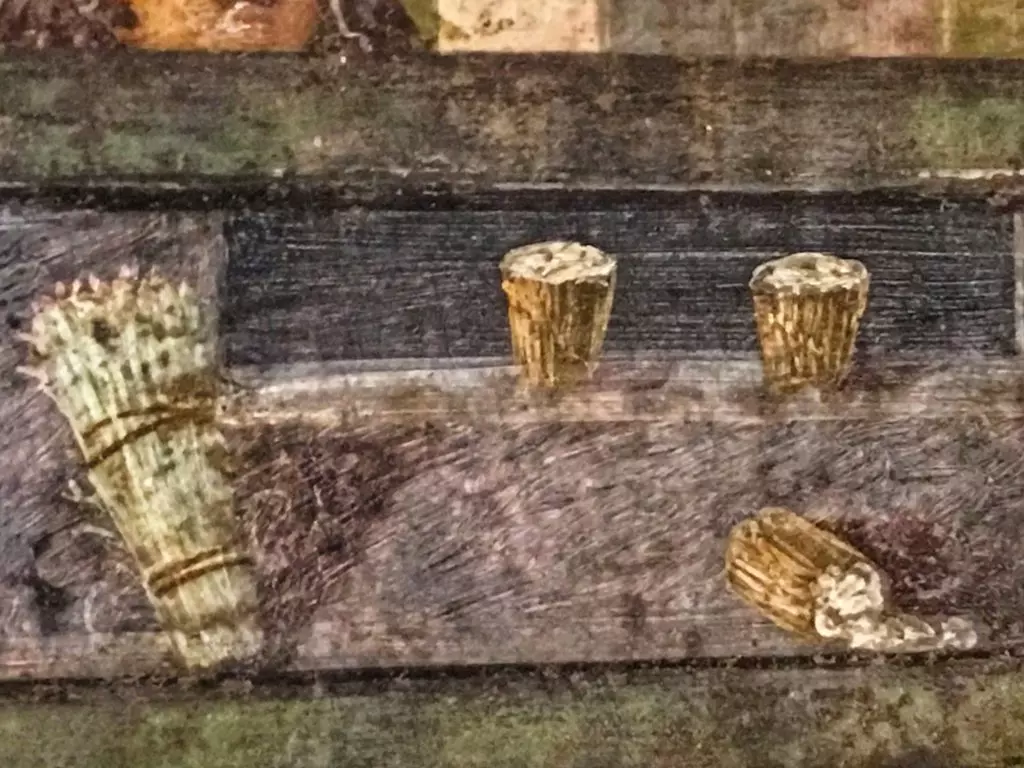
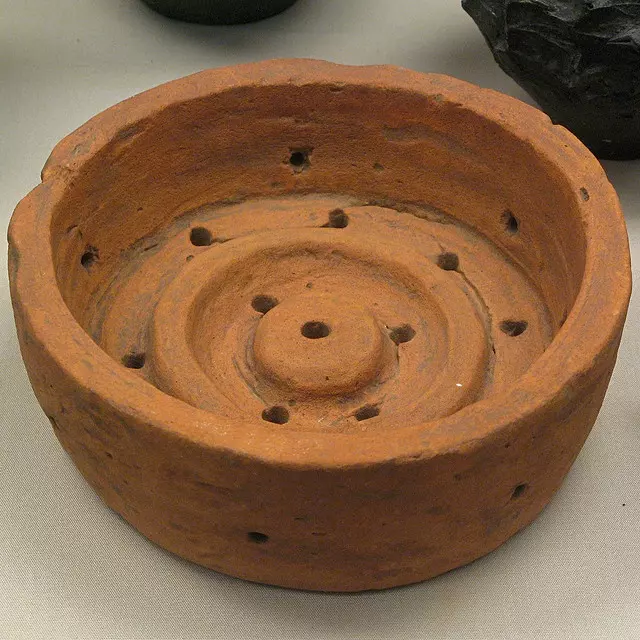
With respect to form and aesthetics in Graeco-Roman pastry manufacture, there is a spectacular one-of-a-kind food fresco inside of a triclinium at one of the many villas that line the coast of the Bay of Naples north of Pompeii: The Villa di Poppea. This fresco depicts what appears to be a flan or a cheese-cake with a dark crust or, some suggest, a marzipan shell, wrapped around the perimeter of the cake. Sitting atop the cake, above the white filling, is what appears to be berries and the cake itself is displayed on a decorative pastry serving pedestal. This fresco provides food archaeologists and food historians with the only definitive image of the aesthetics and form preferred in Classical-era cake and flan preparations during the 1st century AD… and it’s truly delightful to see it in person.
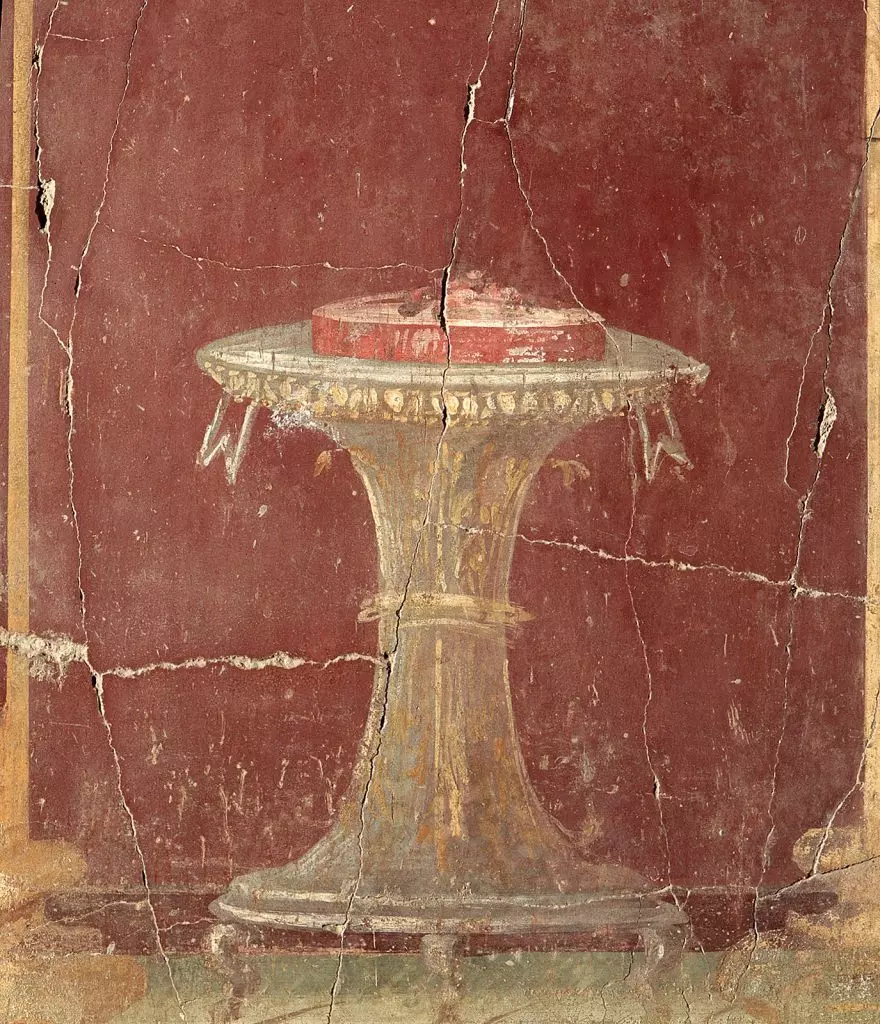
At this point, we can make sense of some of the archaeological and pictorial evidence of cheese and sweets by referring to the documentary record to look for secondary supporting evidence that can often tell us how an item was procured, produced, used, and consumed. In this case, we can refer to Latin and Greek historical writings about food during Classical Antiquity. This is where things get really exciting! It is possible to ‘trace the cheese-cake’ in the Graeco-Roman world by starting with Athenaeus (3rd c. AD) and working backwards to as far back as Aristophanes (5th c. BC). That’s 800 years of honey cheese-cake on record!
Athenaeus (3rd c. AD) informs us in The Learned Banqueters (The Deipnosophistae) of the following in reference to an extravagant Greek banquet coming to a close:
” …along with these was a dough-shell-kneaded […] olive-oil brown-all-over crackling choirinas-cake, and countless . . .delicious, round […] and a limitless number of honey-cakes that had been formed and toasted with sesame. There was a cheese-cake kneaded together out of milk and honey, an amulos produced in a bread-pan.”
Athenaeus, The Learned Banqueters, Book XIV (3rd c. AD)
Athenaeus also confirms the use of moulds in cake-making in Book XIV of
The Learned Banqueters (The Deipnosophistae):
“It’s not a matter of making kanduloi or the kinds of dishes you’re used to, when you combine honey, flour,and eggs in a karukê. Because everything’s the other way around nowadays: the cook makes moulded cakes, bakes flat-cakes, and boils wheat-pudding …”
Athenaeus, The Learned Banqueters, Book XIV (3rd c. AD)
And Athenaeus also informs us that cakes and pastries were prizes for a game of kottabos well played:
“That a prize was offered to anyone who threw his kottabos well was noted earlier by Antiphanes; for (the rewards) were eggs, pastries, and snacks.”
Athenaeus, The Learned Banqueters, Book XV (3rd c. AD)
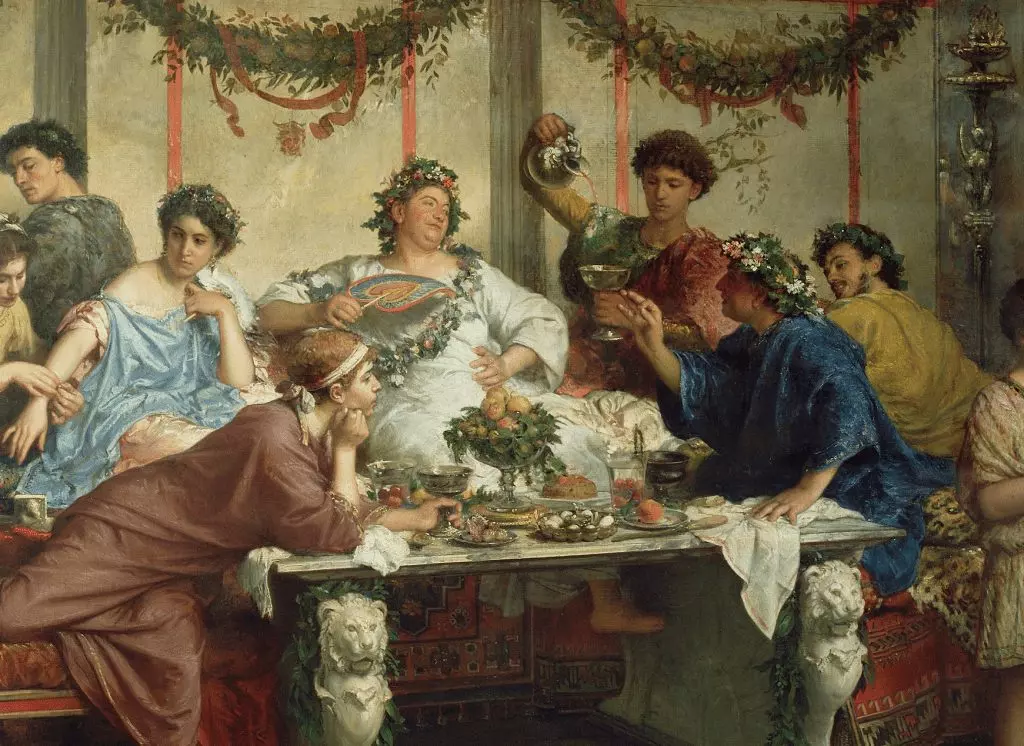
Moving back in time, Cato the Elder, in his manual “De Agricultura“, was generous enough with his time to actually tell us how to make his favourite cheese-cake which he called “Savillum“. He writes:
“Recipe for the savillum: Take 1/2 pound of flour, 2 1/2 pounds of cheese, and mix together as for the libum; add 1/4 pound of honey and 1 egg. Grease an earthenware dish with oil. When you have mixed thoroughly, pour into a dish and cover with a crock. See that you bake the centre thoroughly, for it is deepest there. When it is done, remove the dish, cover with honey, sprinkle with poppy-seed, place back under the crock for a while, then remove from the fire. Serve in the dish, with a spoon.
Cato the Elder, De Agricultura, 3rd c. BC
And Philoxenus of Leucas recounts that in 5th c. BC:
Philoxenus of Leucas, Fragments, 5th c. BC
“… there was a cheese-cake, well mixed with milk and honey, made of fine flour and baked in a mould”.
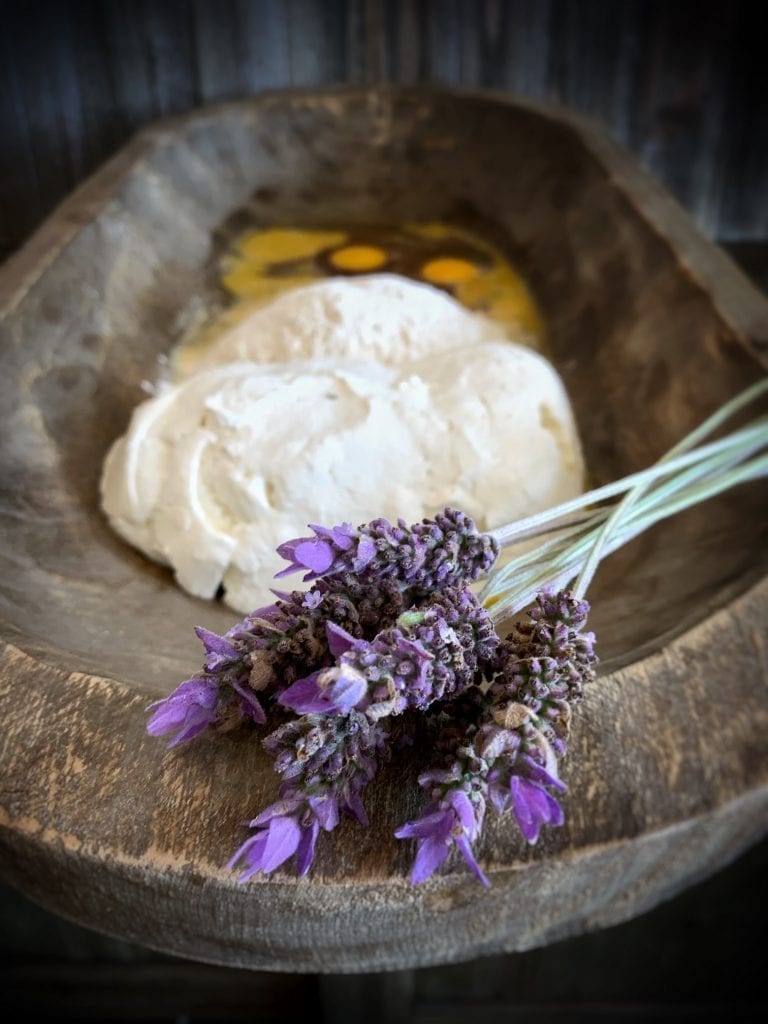
And lastly, Aristophanes writes a line in Wealth (500 BC) that states:
“He sent it all back, along with this cheese cake, on condition that I never visit him again, and on top of that he added, “Once upon a time the Milesians were formidable.” “
Aristophanes, Wealth, 500 BC
With these pieces of the Graeco-Roman pastry puzzle in mind, and with the information gathered from the archaeological, pictorial, and written records, I set out to recreate a simple, fresh, sweet Greek honey cheese-cake by using all of the archaeological and historical data available, some of which is shown above. We made these cakes TWICE recently at The Old-School Kitchen: From the Etruscan Table to the Roman Banquet culinary retreat at Castello di Potentino in Tuscany. Using the recipe for Savillum as a loose guideline, the image of the Cassata (which is a modern Sicilian term for this tart/flan/cake), and the ancient Greek writings of Philoxenus, Aristophanes and Athenaeus, I believe it is possible to come close to something that would have delighted guests at a Greek banquet, and calmed the midnight munchies after a raucous game of kottabos. We achieved a very desirable result in Tuscany, and so can you at home! So, bring the goat in from the pasture, open up your bee-boxes, and get your lavender clippers out! We’re making ancient Greek goat-cheese honey cakes and here’s what you’re going to require:
The Greek Sweet Tooth: Goat-Cheese Honey Cake
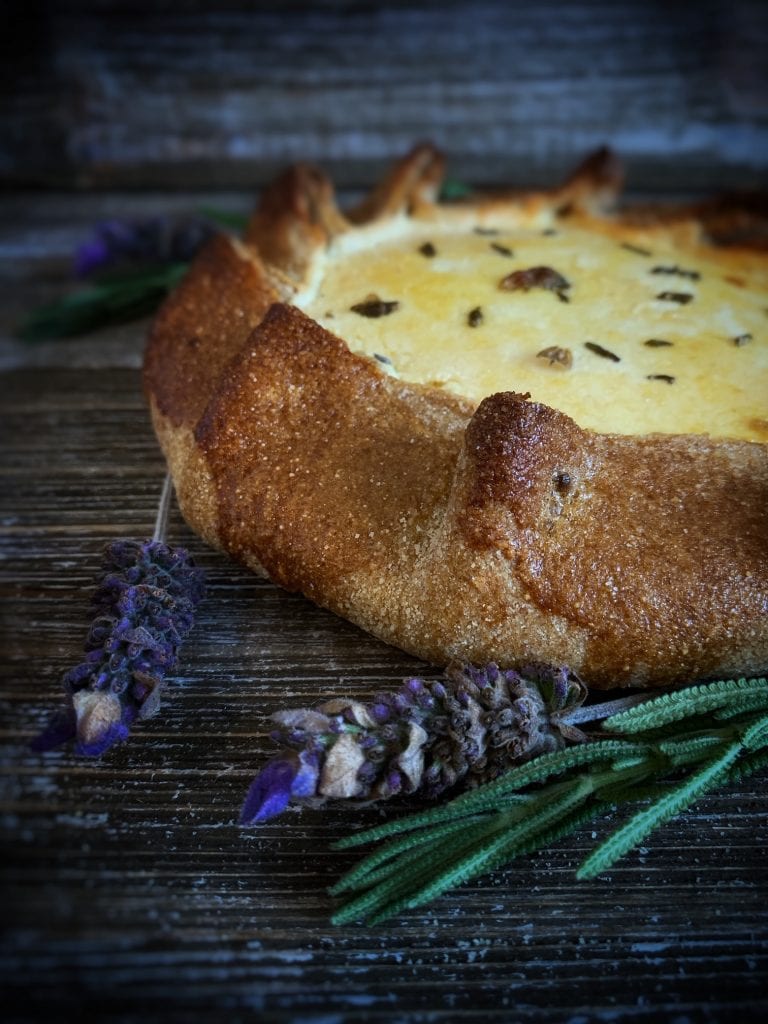
Ingredients:
Filling:
- 4 cups / 1 kg of goat-cheese ricotta (or cow’s-milk ricotta)
- 3.5 cups / 350 gr of white flour
- 7 eggs
- 1 tsp baking soda
- 1.5 cup / 525 gr / 360 ml of honey
Crust/Pastry Shell:
- 1/2 cup / 125 gr / 125 ml of olive oil
- 1/4 cup / 85 gr / 60 ml of honey
- 3.5 cups / 350 gr of flour (50% white and 50% whole wheat)
- 1/2 cup / 120 ml of ice cold water
- 1 tsp baking soda
Implements:
- Sharp knife;
- Kitchen scale;
- Rolling pin;
- Large cutting board
Preparation:
1. To begin, make your crust. Combine and mix all of your ingredients together in a large mixing bowl. You’ll notice that the crust is being made with olive oil and not butter, which is exactly the intention. Athenaeus tells us that olive oil was likely present in pastry crusts, and Roman tracta also did not call for butter so we’re going to be making an olive oil pastry crust for this cake. We’re aiming for a dough that is firm but that can be rolled out nicely into a sheet.
2. Refrigerate your dough once it’s been formed to allow it to chill and bind for 30 minutes. You can also achieve the same effect by doing this old-school by ‘floating’ your mixing bowl in a sink or basin of cold water and covering the top with a damp rag.
3. Begin preparing the cheese-filling. In a large mixing bowl, combine 6 eggs (save one for your egg wash!), honey, ricotta, baking soda and flour. Fold and mix the ingredients together. NB: You may also add in your lavender at this stage as well. Add in enough to suit your tastes as some like a faint hint of this floral flavour and others prefer a stronger presence in the mix. You may also choose to sprinkle ten to twenty calyxes (individual seeds) on the top of each cake prior to baking instead of mixing the lavender into the filling directly. Once the filling is mixed, cover it and set it aside.
4. Preheat your oven to 400 F / 200 C / Gas Mark 6
5. It’s time to get creative! Using a food scale, weigh your dough and section it into individual pieces weighing 150 grams. The rule of thumb for this recipe is that 150 grams of dough can contain/support 300-350 grams of filling. Use your scale as you work!
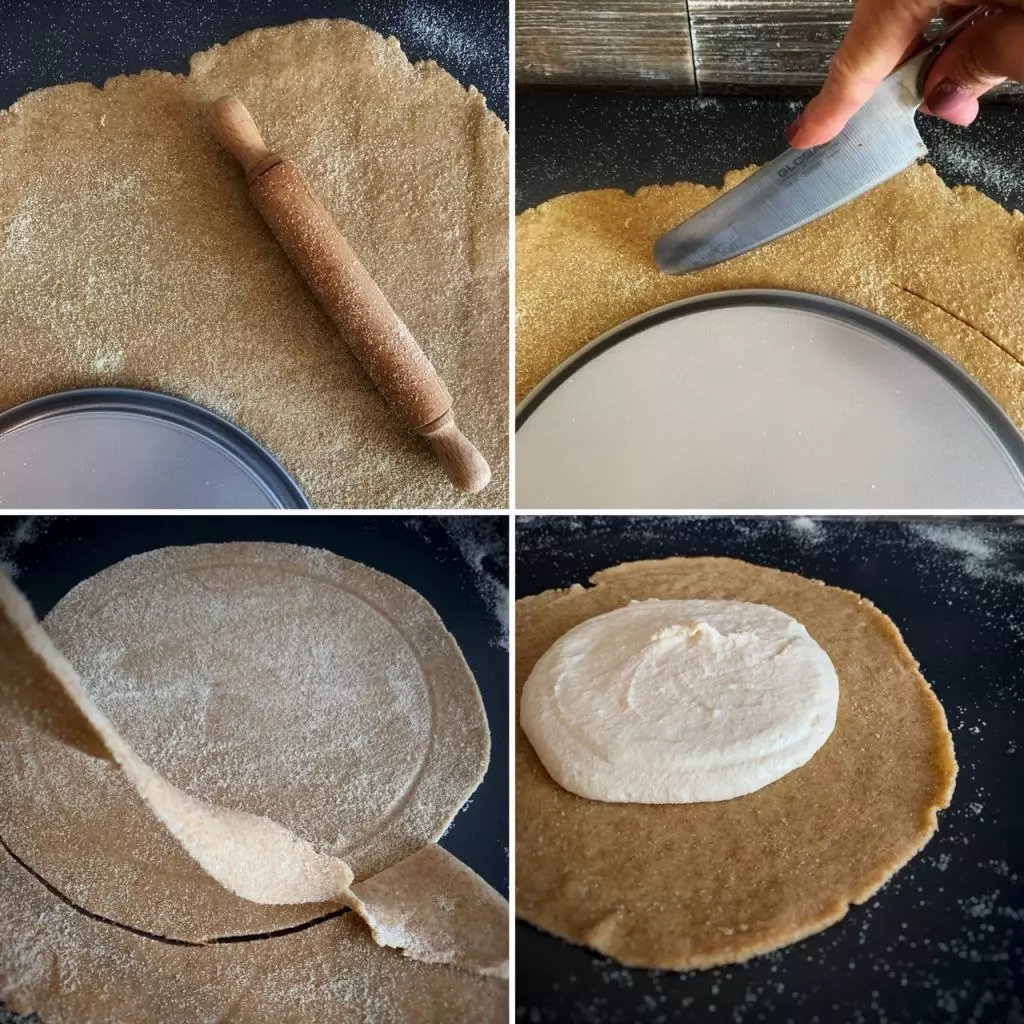
6. Roll out each section of dough to a sheet thickness that is durable, not thin like pasta, but not too thick as to make the dough too bulky. Pie-crust thickness should suffice. You want to be able to fold it and manipulate it but also have the base of it support the filling.
7. Using a baking tray, or a round plate, or any shape that you prefer, cut an even circle or shape that will be your pastry shell base and sides. I chose to make two galettes and two large tarts with my pastry dough and filling.
8. Working with each individually weighed section of dough, spoon 300-350 grams of filling into the centre section of each sheet of dough. The filling should not be thin and runny. It should sit still like Greek yoghurt once you’ve spooned it onto your sheet.
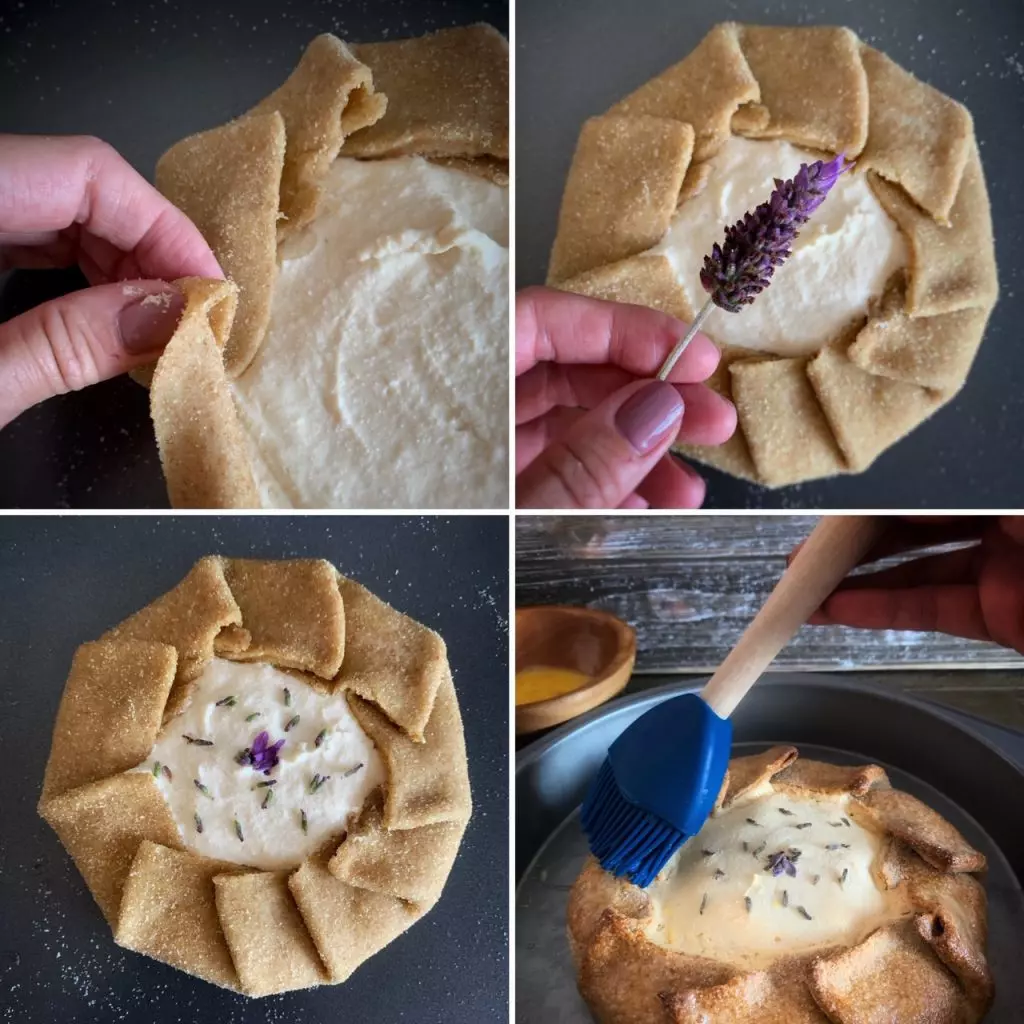
8. It’s time to mould and fold your shell! I chose to make two galettes and two large tarts with this batch so I used two different pastry shaping techniques. If you’re interested in learning pastry-folding techniques, there are plenty of wonderful resources online. To do a simple galette rim, all you have to do is gently pull up a section of the pastry rim, pinch it gently, and fold it to the left moving clockwise. Repeat every five centimetres as you move around the galette perimeter and secure the filling by creating a circular lip, or pastry rim, around the filling.
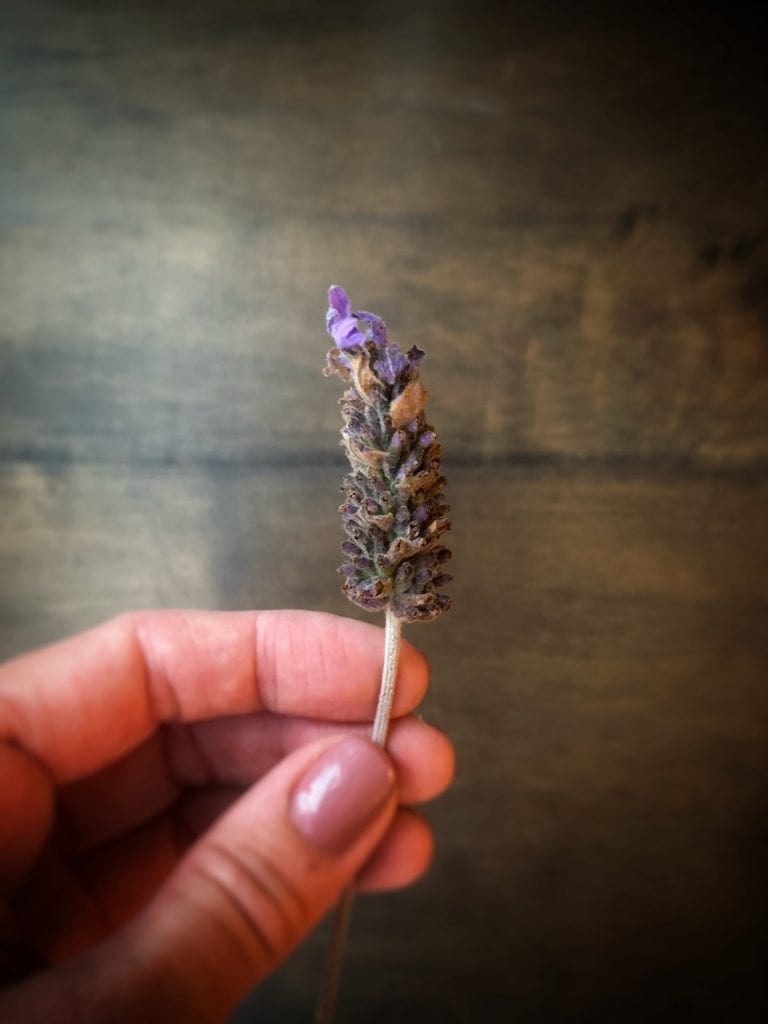
9. Before baking, dust the top of each of your cakes with some lavender seeds, again, as many to suit your taste. If you prefer a mild hint, try ten seeds. If you like to taste it a bit more in the mix, add twenty seeds or consider mixing it into the dough itself at during the filling preparation. Getting the balance of all the flavours to your specific tastes will come in time as you make this recipe more and more.
10. Bake each cake/tart/galette for 30 minutes. At the 30 minute mark, remove the cake and brush the pastry gently with an egg wash. You can make this simply by beating an egg in a small bowl, adding some milk, or using just the egg itself. You can use egg white only or the entire egg, yolk included. It’s up to you! After brushing the crust with the egg wash, bake the tart again for another 5 to 10 minutes until the crust is a dark, golden brown. If you’re making the galette as well, aim for darkened tips on your rim folds!
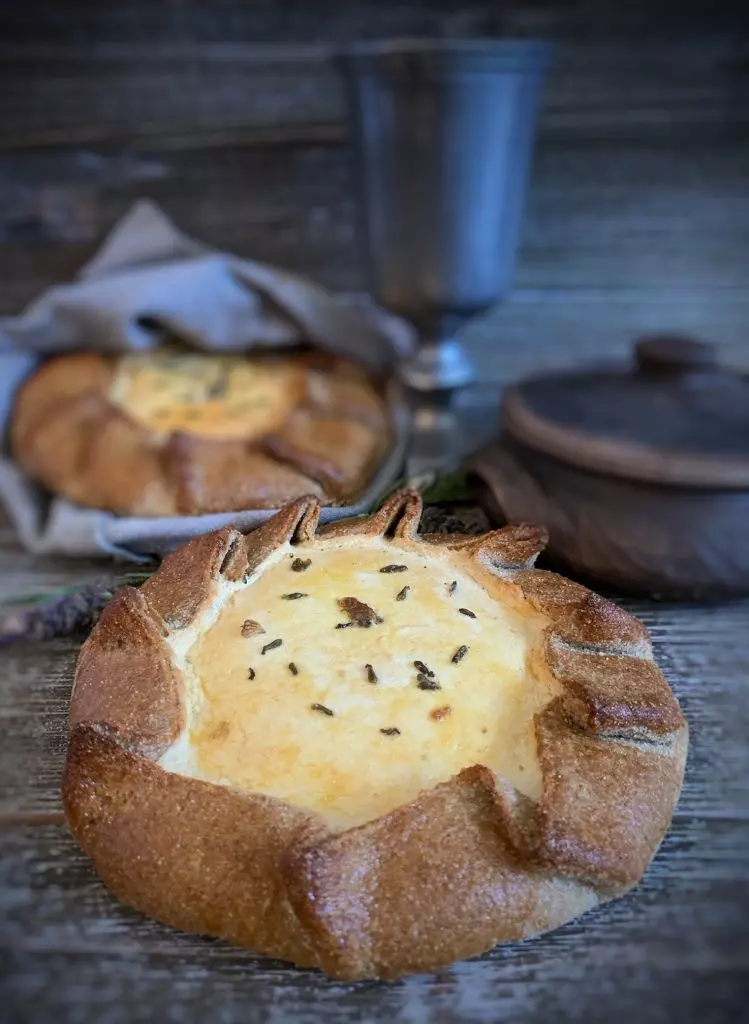
11. When the cakes are golden in colour, and the filling is firm to the touch (it does not jiggle in the centre and is not tacky to the touch), remove them from the oven and let them stand for an hour to cool. If you’re having any trouble getting the cakes off of the baking tray, let them cool for several hours. As they come to room temperature they’ll grow firmer and you can gently pry them off of the baking sheet with ease.
12. Serve your ancient Greek honey cakes plain or with a warm honey drizzle, poppy seeds, toasted sesame seeds, and some sweet wine!
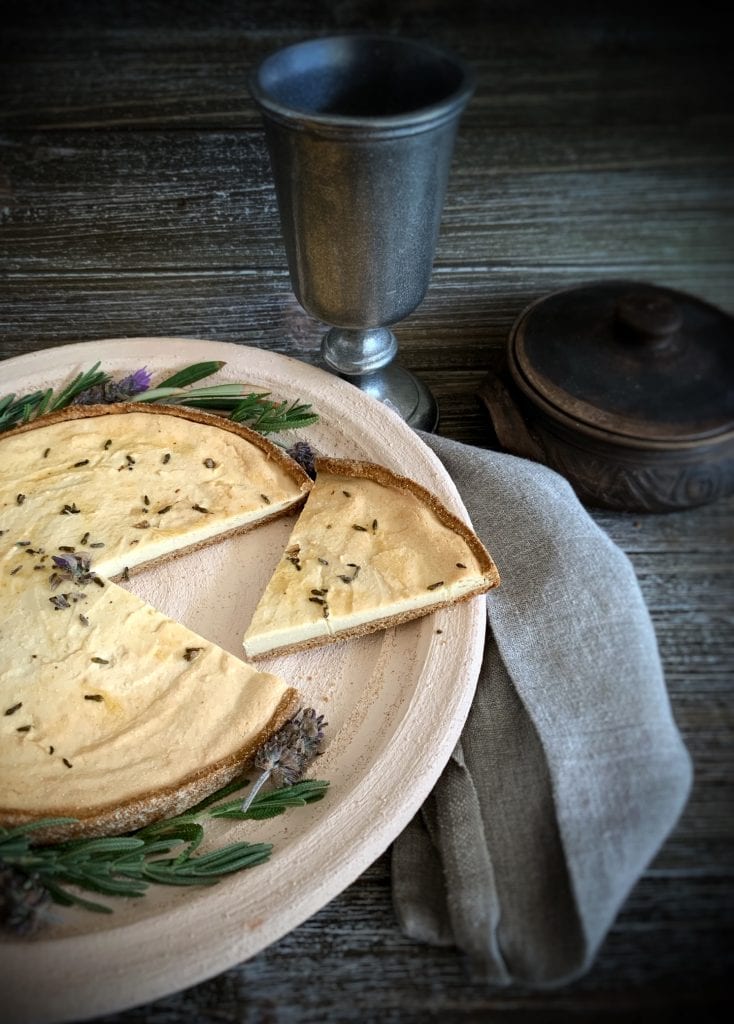
Before I discuss the end result of this experiment, I’d like to present a quick paragraph on the concept of ‘culinary continuity’ of form and composition with respect to pastries in Classical Antiquity. One of the most rewarding aspects of bread- and pastry-making in modern Italy and Greece is the fact that some of these recipes have been handed down, generation after generation, and in some cases the form and composition, that is to say the shape and the ingredients, haven’t changed much over time. It is a wonderful occasion to stumble on a recipe or a food item that has been with us for millenia that hasn’t changed much since its inception. Porridge is just one example of this type of culinary continuity. I am also delighted to report that this pastry also falls under the same category. Thanks to a reader on Facebook, Despina Deligiannidou, who is a resident on Crete, I was informed that this recipe, and my pastry form choice, is strikingly similar to a Cretan pastry called Kalitsounia or Lyhnarakia, ‘Cretan Lamps’, in English. This makes me incredibly happy! The pastries are shaped into cups, with the rim pinched into points, and filled with a sweet, creamy cheese filling that is often complemented with mastic or cinnamon. Facebook reader, Ser Will, also informs us that a similar type of pastry is made on the island of Sardegna in Italy called Pardula. These pastries incorporate ricotta and saffron, as opposed to cinnamon or mastic. It is remarkable to see that a pastry that is this simple has survived, relatively unadulterated, in Greek and Sardinian kitchens for over 2,500 years! What’s also interesting to me is that the word ‘Kalitsounia‘ appears to be etymologically related to the Italian word ‘Calzone‘ which is a stuffed, folded and fried cheese and marinara pizza that became popular in Naples in the 1700s. Continuity in food culture and food etymology is all around us! And as distinct cultures and civilizations, it is also clear from this one etymological example that Italians and Greeks have indeed been sharing and exchanging food culture for millenia.
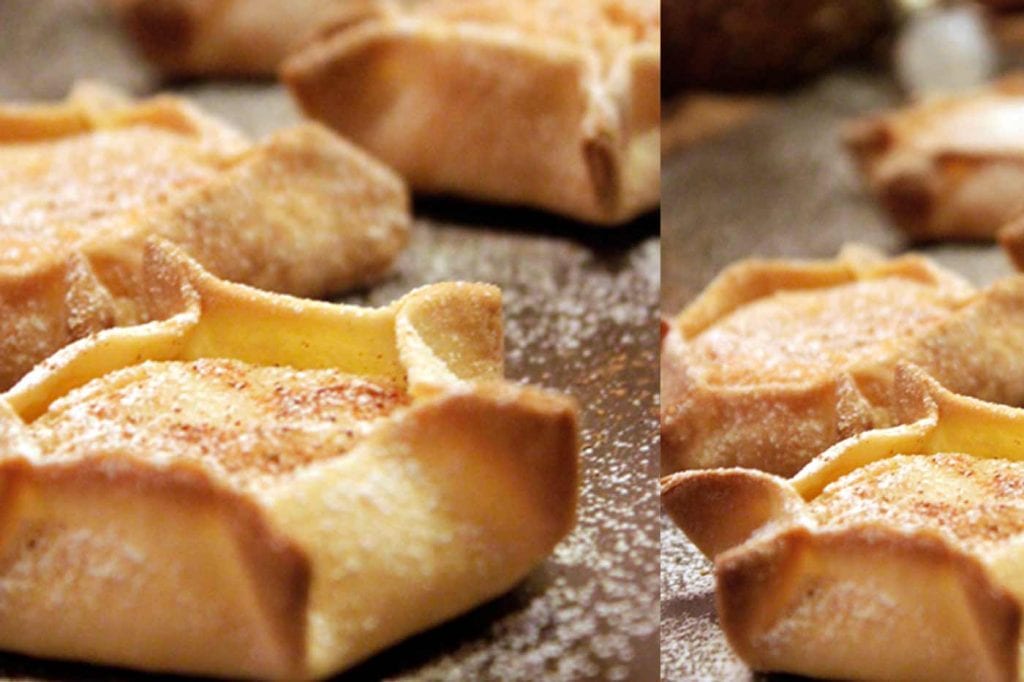
The end result for the honey cheese-cake galettes and tarts was very pleasant indeed! The texture is not what you would expect if you’re accustomed to modern soft cheese-cakes, it’s a bit firmer, more durable, and cheese-like in it’s composition. If you prefer a softer consistency, try reducing the flour quantity called for in the recipe. The flavour of the filling is something to revel in, to be sure! It’s fresh, clean, summery, floral, simple, and pleasing. To be honest, it goes beautifully with a nice cup of tea or a strong cup of coffee or espresso. I think it’s a fairly strong indicator of how simple tastes were 2,500 years ago, in ancient Greece, when food resources were less and ingredients like honey and cheese were considered a luxury. Simple or not, the flavours are consistent with some of the flavours that we enjoy in our pastries today, in the modern world, but with additional additives like chocolate, lemons and sugar cane to take them to a whole new complicated level. Sometimes it’s rather nice to go back to our food-roots and, in this case, celebrate the flavours of the Mediterranean in a pre-Columbian world. I consider this one of those occasions. Through these honey cheese-cakes we can celebrate the fact that limited food resources didn’t limit the Greeks and the Romans, or the Egyptians and the Phoenicians, whatsoever, from discovering the joys of marrying Mediterranean honey, fruit syrups, cheeses, and grain products together to produce pastries, cakes, tarts and flans that would tantalize and satisfy the early sweet-tooth so perfectly. And the rest is history, isn’t it? And what a delicious history it is…
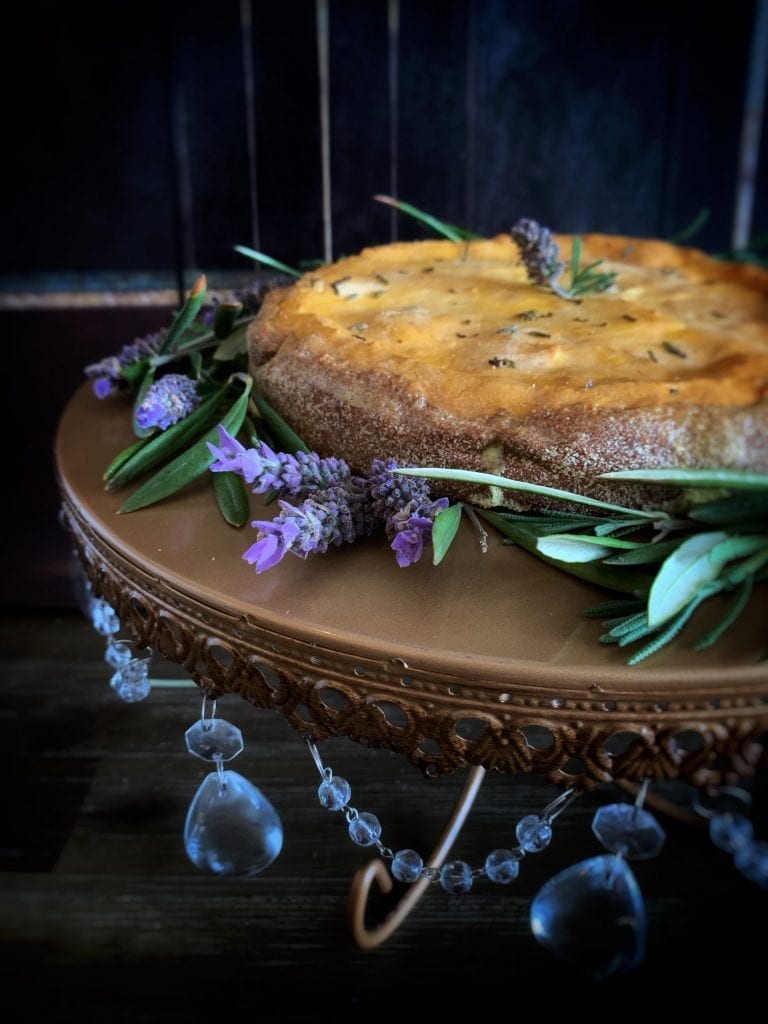
Do report back if you give this recipe a try yourselves. You can join in the discussion on our Facebook page or leave a comment below on this page. And of you’d like to chat in person with me or about any of the other recipes, you can join me at one of the The Old-School Kitchen live events taking place at a museum or venue near you. More information about this year’s events can now be found on the Events Calendar page.
Thank you for reading and keep cooking it old school!
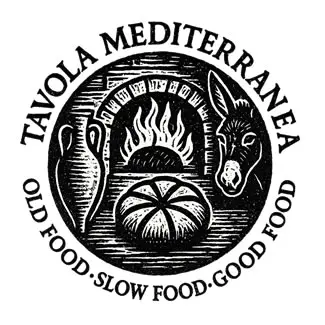
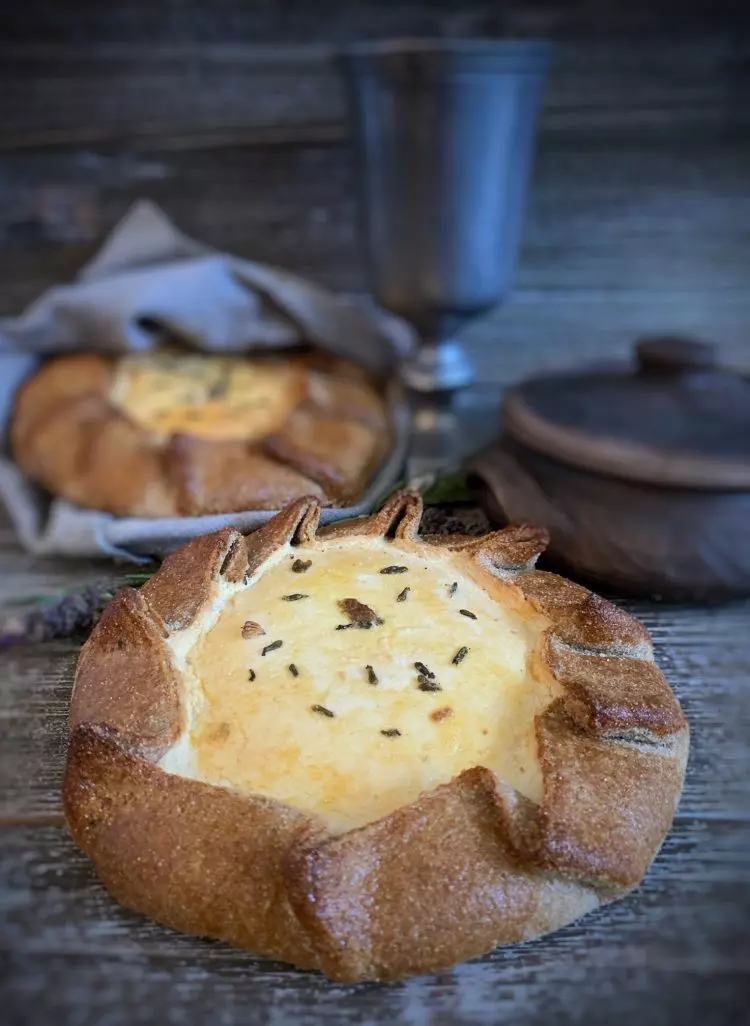




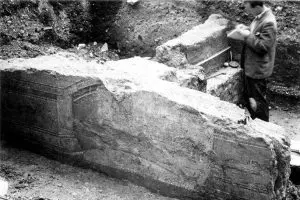


What an intriguing recipe! As a huge fan of lavender in cooking, would be appropriate to use lavender honey for this recipe? Also, you show the dough folded over the filling during the preparation and baking photos, but in the final serving photo, the crust doesn’t cover the filling at all. Was it trimmed off after baking or was that version baked in a cake tin or springform pan? If baked in a tin, what size tin, and was the baking time adjusted?
Sorry–after reading the recipe more closely, I see that you made both galettes and tarts, so those questions were answered! I’m still interested to hear your opinion on using lavender honey, though! Or if not lavender, is there a particular type of honey that would work particularly well–or particularly poorly–in this recipe?
The Romans were sophisticated honey harvesters, and knew how to set up bee aviaries to craft very specific types of honey. They commonly used acacia honey with cheeses, but some of the finest honey in the Roman world was orange blossom imported from Sicily.
They also had pretty good dentists.
fascinating place
This is my mother’s recipe for kalitsounia! https://www.cretangastronomy.gr/2010/11/kalitsounia-lyxnarakia/
love Greek food!
Love the recipe.
È un piacere leggere di questi post. Grazie ?